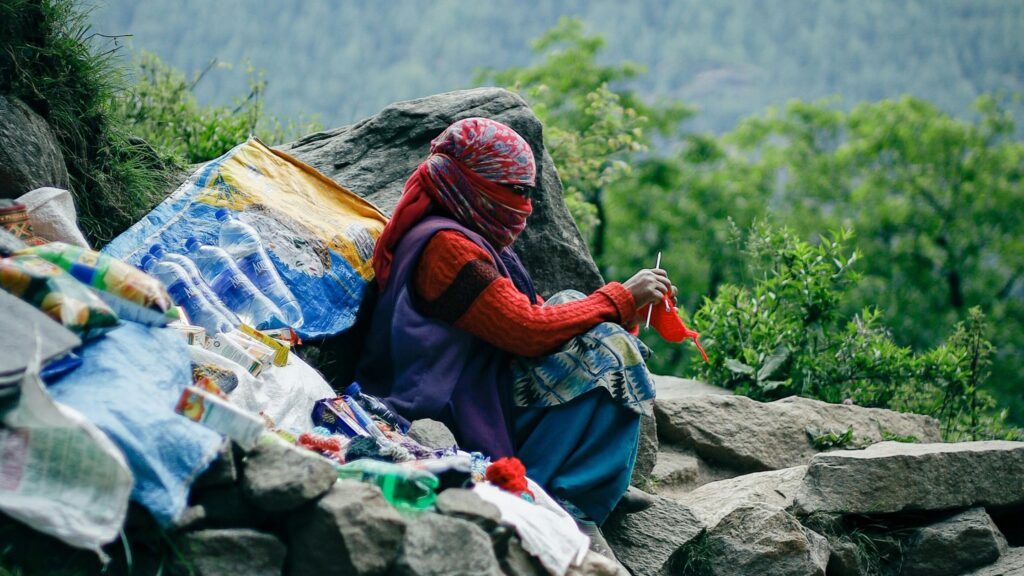The Himalayas are one of the biggest mountain ranges in the world, with over 100 peaks exceeding the 7000 m elevation above sea level. Moreover, the mountain range is one of the most visited places for trekking and mountain climbing. Even the foothills region, which falls in India, Nepal, and China, is a place of rich diversity. However, with the democratisation of travel and human exploration, the Himalayan ecology is at constant disruption by irresponsible human activities. One of these is the process of littering. It is a widespread activity; however, it has significant repercussions on the mountain range. So, let’s see what the reasons are that make littering an annoying threat to the Himalayan ecology.
Impact of Littering on Himalayan Ecology
Even a small wrapper made from plastic can cause enormous problems for the ecology. So, for a place like the Himalayas, where thousands of people travel every year, things are very critical. The littering of the area due to a lack of awareness and civic sense can cause a lot of issues. Therefore, before learning about the practices to overcome littering, it is crucial to know the impact of such practices on the region.
- Pollution of the fragile environment.
- Introduction of microplastics in the environment.
- Wildlife is eating the littered waste.
- Overwhelming local waste systems by tourists.
- Use of unethical ways to discard the pollutants—burning and dumping trash.
Increase of Microplastics in Wildlife
The only thing worse than plastic is its micro pieces. These degrade over time and enter the natural resources. In the future, microplastics will be one of the most significant issues for life on Earth. The almost undetectable pieces can cause a wide variety of problems in the human body. Similarly, these particles are not suitable for animals as well. And the primary source of microplastics in a natural habitat is littering.
Tourism Escalates the Issues Tenfold!
Even though tourism adds to the economy of nations that benefit from the Himalayan range, it also adds to the littering problems. Every year, many individuals travel to the remote regions of the Himalayan ecology. Because of this, there is an increase in littering in the area. Therefore, there is a need for strict restrictions and the promotion of ecotourism, which balances both sides.
Causes of Littering in Himalayan Ecology
After learning about the impact and some of the reasons, it’s time to dive deep into the significant causes of littering. First of all, litter will always be there, even if there are sustainable practices. However, the most crucial aspect is the responsibility of both individual travellers and authorities.
Working together on these issues is the only way to safeguard the region. There is no other way around the problem. Finally, addressing some of the points on both the local and global levels can reduce littering in the Himalayan ecology.
- Lack of responsibility.
- Rebellion.
- Laziness.
- No accountability.
- Lack of civic sense.
- Disrespect of the area.
- Tourism.
Challenges of Change in the Himalayan Ranges
Change is not easy, but in present times it’s necessary. Now, there are always two ways for change: self and through power. By educating and prompting better sustainable practices, people can change themselves and others. However, there should be strict actions against those who are not willing to change.
The environment belongs to everyone, and that includes various ecological species. Therefore, overcoming the challenges through power, awareness, education, and authority is necessary for the environment.
- Lack of awareness.
- Lack of interest in people.
- No one is taking the initiative.
- Lack of resources at the local level.
- Some people want to see the world burn!
The Need for Local Policy and Regulation
As discussed earlier, policy and regulation are necessary for sustaining long-term tourism. If you have either of these, then there is a great possibility of change. Therefore, the duty of local people is to elect representatives who are aware of the challenges of littering and take strict action.
Other than that, the local people should also hold each other accountable if things are going out of order. It’s because selling your home for some money can not bring back the green and glorious days of the Himalayan range.
Safeguarding The Ecology of the Himalayas
The future lies in understanding our shortcomings and taking action. It can start from a minimal level but eventually lead to significant changes. There is an abundance of natural species in the Himalayas that need our absence, and littering is the exact opposite. Thus, even if you’re visiting, visit as a guest, respect the area, and enjoy the experience with solitude.
The Need for Ecotourism
Check out this article on ecotourism and see how it can be the solution to several problems, including littering.
Final Thoughts On Littering and Himalayan Ecology
Littering is a significant threat to the Himalayan ecology, as it contributes to pollution, microplastics, wildlife eating, overwhelming local waste systems, and unethical waste disposal practices. Moreover, it is the result of the lack of awareness and civic sense in the region that contributes to littering.
Local policy and regulation are necessary for sustaining long-term tourism and promoting ecotourism. Thus, by understanding our shortcomings and taking action, we can protect the Himalayan ecology and preserve the abundant natural species.

